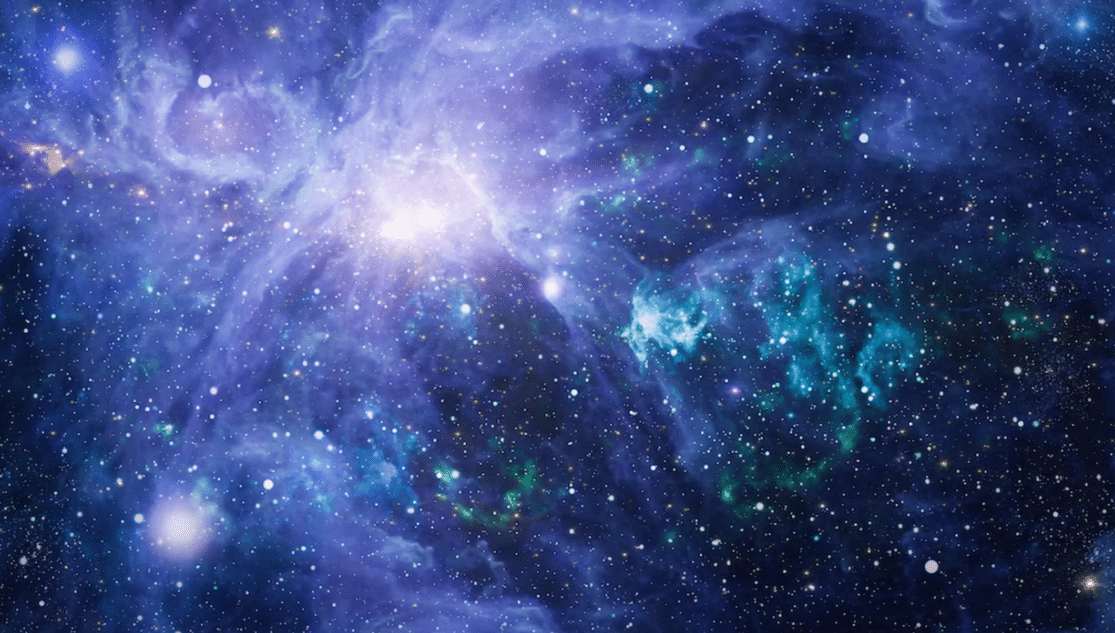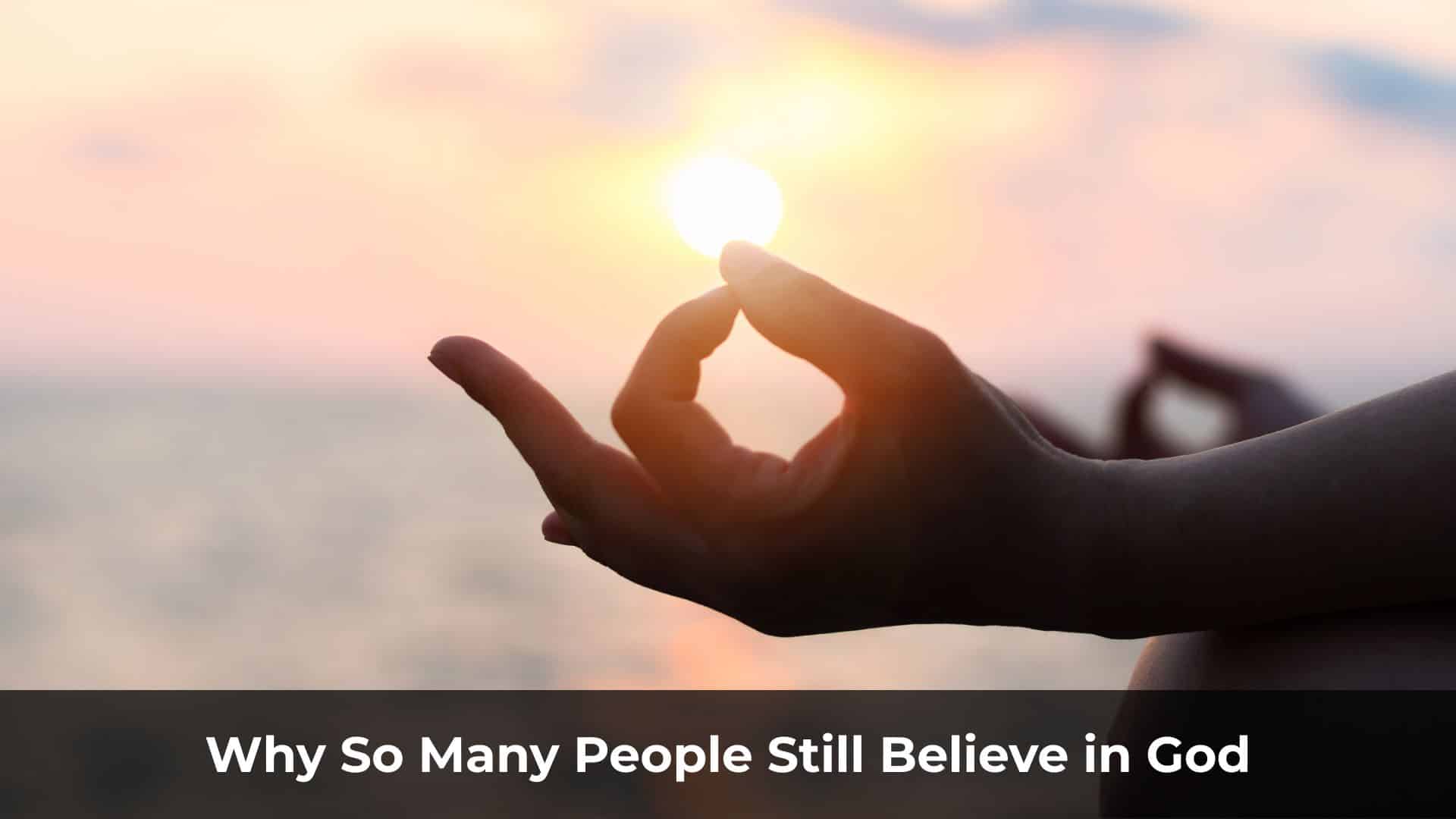In an age of science and reason, some still mock belief in God as outdated or “naive.” But is it really so? Let’s take a closer look.
In the United States—arguably one of the most advanced and secular societies—faith remains surprisingly strong. Only about 3% to 8% of Americans identify as atheists. In contrast, over 40% regularly attend religious services—whether in churches, temples, or other places of worship.
The phrase “In God We Trust” is printed on every U.S. dollar bill. It’s more than tradition; it reflects a deeply rooted belief system shared by millions, including those who are elderly, accomplished, and highly educated. Clearly, belief in a higher power is far from a fringe idea.
Table of Contents
ToggleAre They Naive for Believing in God?
Atheists often assume that believers must be naive or intellectually lacking. “Come on,” they might say, “God doesn’t exist. These people reject evolution, deny materialist philosophy like Marxism-Leninism, and instead cling to spiritual ideas. What’s wrong with their minds?”
But in my view, they’re not ignorant at all.
They believe in God because they recognize the limits of science. There are countless ancient artifacts and phenomena that remain unexplained. Quantum physics—arguably the frontier of modern science—is still in its infancy. If we barely understand the quantum realm, how can we claim certainty about the existence—or nonexistence—of spiritual dimensions?
In recent decades, science has uncovered more and more mysteries. The deeper we explore, the more we realize how much remains beyond our understanding.
I Used to Be an Atheist
I wasn’t always someone who believed in the divine. I grew up an atheist—raised on science textbooks, taught to memorize Darwin’s theory of evolution just to pass history exams.
But over time, a series of strange and powerful events made me question my assumptions about atheism. One example is the phenomenon of incorruptible relics.
In countries like China, Japan, and Vietnam, there have been documented cases of high-ranking monks whose bodies remained intact after death—some for hundreds, even thousands of years. Others were cremated and left behind relics known as sarira: hardened pearl-like remains that emit measurable energy—something science can detect, but still cannot explain.
There are also reports of monks whose hearts, after cremation, remained intact. At first soft, they gradually turned solid—yet no one knows how or why.
And then there’s the story of the “falling dragon” in Yingkou, China, a few decades ago. A massive, serpent-like carcass—dozens of meters long—was discovered and photographed. Crowds traveled by train to witness it with their own eyes. During the Japanese occupation, it was said that the skeleton was taken away for ceremonial purposes.

Events like these challenge the materialist worldview. If judged strictly through the lens of science and atheism, there’s simply no explanation.
Mysteries That Science Still Can’t Explain
About 30 years ago in China, a movement called Qigong emerged and attracted national attention. Qigong masters began openly teaching their practices and using energy-based techniques to help people heal. Some believed in it. Others were skeptical. Yet at the time, there were reports of individuals unlocking their “third eye” and claiming to see into other dimensions.
Even the United States took this seriously. During the Cold War, the U.S. government reportedly studied psychic phenomena, including people said to have clairvoyant abilities. Some of these individuals were tasked with remote viewing—the practice of seeing distant or hidden objects—and were even asked to sketch the far side of the moon, which was unseen by the human eye.
Then there was Sun Zhulin, a woman in China with a subtle but real psychic ability: she could reportedly move objects without touching them. Her abilities were tested and documented by scientists at the time [Source].
In the West, there were cases of individuals with strange magnetic properties. One man could attach objects to his body—not just metal, but plastic and other non-metallic items as well. His body generated a suction-like force that seemed to defy gravity.
These cases challenge what we think we know about the physical world. How can the human body produce a force stronger than a magnet? Science, so far, has no solid answers.
I once read about a young girl who reportedly had the ability to generate fire from her body. At the scene, even steel and iron objects around her were found melted into liquid form. This wasn’t ordinary fire—no conventional flame could reach the temperatures required to melt metal like that.
And then there’s Nikola Tesla—a brilliant inventor, but also someone who openly explored the spiritual dimension. In his personal journals, Tesla wrote about how, even during periods when he had to work manual labor jobs, his mind remained in a state of constant creative evolution. He claimed that during sleep, he could enter realms beyond the physical world.
These accounts—whether ancient or modern—suggest that our reality may be far more complex than the current boundaries of science can explain.
Striking Parallels Across Ancient Cultures
One of the most intriguing patterns across ancient civilizations is how similar their foundational myths are—despite being separated by geography, language, and time.
Take, for example, the story of the Great Flood. The Bible speaks of Noah’s Ark, while in Mesopotamian lore, there’s the Epic of Gilgamesh, which features a remarkably similar flood narrative. In Hindu tradition, Manu builds a boat to survive a world-engulfing deluge. Even in Mesoamerican cultures, flood myths appear in the Popol Vuh of the Maya. How could so many distant cultures all conceive of a catastrophic flood unless they were echoing memories of a shared event?
Another curious parallel lies in creation stories: many ancient texts describe humans being formed from clay or mud. In Genesis, God creates Adam from the dust of the ground. In Greek mythology, Prometheus molds man from clay. The Sumerians believed the god Enki formed humans from mud mixed with divine blood. Even in Chinese legend, the goddess Nüwa created people from yellow clay.
Why mud? Why not wood, stone, or some precious metal? Perhaps these stories reflect something deeper—a shared recognition that human life is shaped from humble, earthly origins yet infused with something beyond the physical.
These recurring themes suggest that ancient cultures might have drawn from truths that modern science is only beginning to rediscover—or that they’ve preserved fragments of a forgotten, shared history.

The Insignificance of Humanity in a Vast Universe
Imagine asking an ant, “Do humans exist?”
The ant would likely answer, “No, they don’t.”
Why? Because ants have never truly seen a human being. At most, they might encounter the tip of a shoe. To them, a foot is a massive wall of rubber or leather—nothing more. They can’t comprehend the shape of a person, let alone the idea of one. So naturally, they conclude: humans don’t exist.
Now consider the microscopic world. Every square centimeter of your skin is crawling with bacteria—millions of them. You can’t see them, but they’re very much alive.
If you asked one of those bacteria, “Do humans exist?” it might say, “No, we’ve never seen such a thing. From birth to death, we’ve never encountered anything called ‘a human.’”
Humans, in many ways, are like those bacteria. (This isn’t an insult—it’s just a perspective.)
From what science has observed, our solar system is just one among countless others within the Milky Way. The Milky Way is one galaxy among billions. And those billions of galaxies form part of massive galaxy clusters—stretching beyond what we can measure.
What looks like a star in the night sky may actually be an entire galaxy when magnified. And beyond the galaxies we can detect—what else is out there? We don’t know yet. Science hasn’t reached that far.
In the grand scheme of the universe, humans may be even smaller than microbes. And yet—we still assume we can explain everything?

If God Exists, Then Where Is He?
A skeptic once asked, “If God is real, where is He? If He’s the Creator of the universe, why don’t I see Him?”
To that, someone replied with a compelling analogy:
Imagine a person who builds a computer, writes software, and creates an entire virtual world filled with AI characters capable of thinking on their own. That person—the creator—isn’t inside the computer. He exists outside the system he built.
Likewise, if God truly created our universe, then He wouldn’t exist within the constraints of three-dimensional space and linear time. He would exist outside of it—beyond what we can perceive. That’s why we don’t see Him with our physical eyes.
But just as a programmer can insert a digital version of himself into the simulation, God could manifest in our world through various forms—representations of His presence. Some believe that those who have opened their “third eye” at higher spiritual levels are able to perceive such divine beings. Ancient artists, such as those behind the murals in Dunhuang, may have painted what they truly saw.
Interestingly, humans are now building simulated worlds of their own. Anyone who plays video games can see how far we’ve come. In just a few decades, game graphics have evolved to astonishing levels. With the rise of virtual reality, we’re rapidly approaching a point where the line between reality and simulation will blur.
And inserting AI into VR—as conscious or semi-conscious NPCs—is no longer just science fiction. Many writers have already imagined this. What once seemed far-fetched—like smartphones or personal computers—is now part of daily life. The idea of a simulated world powered by AI is no longer fantasy. Tech giants are investing billions into projects like the Metaverse to make it real.
So if we, as limited beings, are now creating virtual worlds—how unreasonable is it to imagine that a higher intelligence created ours?
Questioning the Nature of the Fourth Dimension
I’ve long had questions about the concept of the fourth dimension. The explanations floating around on YouTube often feel simplified or misleading. Based on my own reasoning, each higher dimension seems to be composed of an infinite layering of the dimension below it.
A one-dimensional space is a simple line.
A two-dimensional space is made up of countless one-dimensional lines—forming a square or a plane.
A three-dimensional space, in turn, is built from infinite 2D layers stacked together.
So by that logic, the fourth dimension would consist of infinite 3D spaces layered on top of each other—interwoven, coexisting, and possibly overlapping in ways we can’t perceive.
This concept aligns more closely with the idea of the multiverse—popularized in films like Marvel’s Doctor Strange —where countless timelines and realities exist simultaneously.
In this framework, God could be understood as entities that oversee and operate beyond the fourth dimension—or even higher. They are not bound by the spatial and temporal constraints we live within.
And what about the fifth dimension? Perhaps it’s not just an extension of space, but a realm where multiple timelines and versions of time itself coexist—where “time” is no longer linear, but layered and multidimensional, just like space.
If we accept this possibility, then our current view of reality might only be a small slice of a much larger, more complex existence.
Final Thoughts
Atheism, in the end, is simply a theory—one that remains unproven.
I once believed in it.
But as I encountered more knowledge, experiences, and unexplained phenomena, I began to question its validity. I asked myself: What if this theory is wrong?
And after years of reflection, observation, and deep personal exploration, I came to a different conclusion: the theory of atheism is flawed.
God exists.
The reason some people can perceive the divine while others cannot lies in the limitations of our spiritual perception—what some traditions call the “third eye.”
Some may catch a glimpse, while only a rare few—like Jesus or the Buddha—can see the full picture.
Why is it that reading the Bible or the Buddhist scriptures brings a sense of peace, warmth, and clarity to so many?
Because that’s the energy—the divine imprint—left behind by God for humanity. And that energy reveals itself only to those who are willing to believe.













